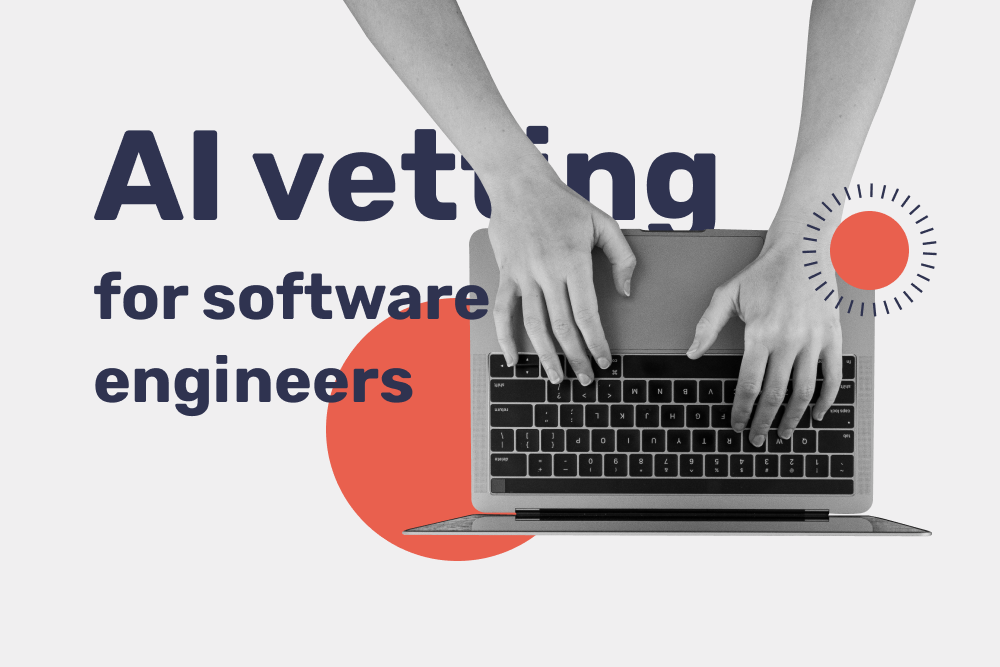Do you remember your first day at a new workplace?
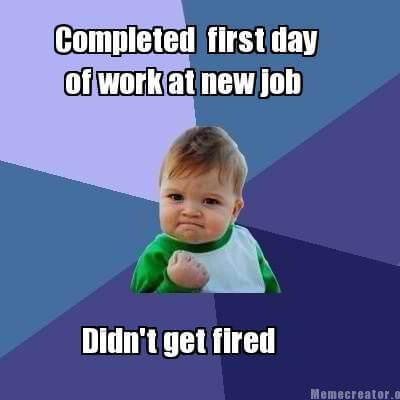
In most cases, the first day on a new job feels stressful and overwhelming. However, with a well-thought-out onboarding plan you can deliver your new tech team members a better onboarding experience.
In this article, we’d like to share with you a detailed checklist to help you onboard your new developers in a seamless and engaging way. Without further ado, let’s start the ball rolling.
Why you can’t skip the onboarding process
Before delving into the developer onboarding process, let us briefly explain the essence of onboarding and its impact on the new team member’s engagement, satisfaction, and productivity. So, developer onboarding is the process of introducing a new tech team member to the project’s specifics, current tasks and goals. During onboarding, you also have to explain to a new team member everything related to the company’s business processes and corporate culture, introduce them to their colleagues, and so on.
Sounds like onboarding new developers takes a lot of time and effort, isn’t it? However, you can’t skip this process and here is why.
- High-quality onboarding gives a better understanding of the business processes. Each company has a unique business development strategy, vision and top-priority goal. One of the first phases of onboarding aims at giving new team members an understanding of where the company moves to.
- More loyalty and commitment. 70% of new employees with great onboarding experiences say they have “the best possible job.” Indeed, there are several factors that drive employees’ satisfaction, but onboarding gives a developer an opportunity to make the first impression of a company and feel at ease from day one.
- Fewer mistakes. With proper onboarding, new workers are less likely to make mistakes with their job tasks. They are already well-versed in the processes and workflows, plus can feel better supported by a team.
- Higher retention. 69% of employees are more likely to stay with a company for three years or more if they experienced great onboarding. And as they’re feeling valued, new team members will be eager to show their best and wouldn’t want to quit.
- Increased productivity. Organizations with a well-thought-through onboarding process experience 50% greater new-hire productivity. And while the main task of onboarding developers is to bring them up to speed, the invisible subtask of this process is to inspire and motivate them.
Your checklist for impeccable onboarding
The advantages of new employee onboarding are solid enough to take this process seriously, so let’s proceed with developer onboarding best practices to help you get your new team members on board and quickly involve them in the process. For your convenience, we have split everything in three stages.
Stage 1 – Pre-boarding
So, preboarding. At this point, your brilliant developer is no longer nervous about getting a job in your company, and while they switch to feeling nervous before the first day of work, your task is to prepare everything necessary for their effective onboarding. Use the following developer onboarding checklist to successfully pass the first stage.
☑ Inform the team members about a new developer
First, let your team know a new member is about to join them. Tell your developers about the task scope a new programmer will be responsible for, and encourage your team to support a new member in a new workplace.
☑ Do the paperwork
Next, proceed with paperwork and prepare all the necessary agreements and contracts. Make sure to sign a Non-Disclosure Agreement (NDA) before your new developer gets their first task.
☑ Equip the workspace for the employee joining the office
If you hire a new engineer in-house, your task is also to provide them with the necessary equipment which, according to the modern ICT job standards, isn’t limited to a table, chair and laptop. Make sure a new employee has a comfortable workplace and enough light. By the way, some companies also offer in-office workplaces depending on the employee’s personality – that is, an introverted developer can work in a quiet corner while extroverts are welcome to sit in the center of an open-space.
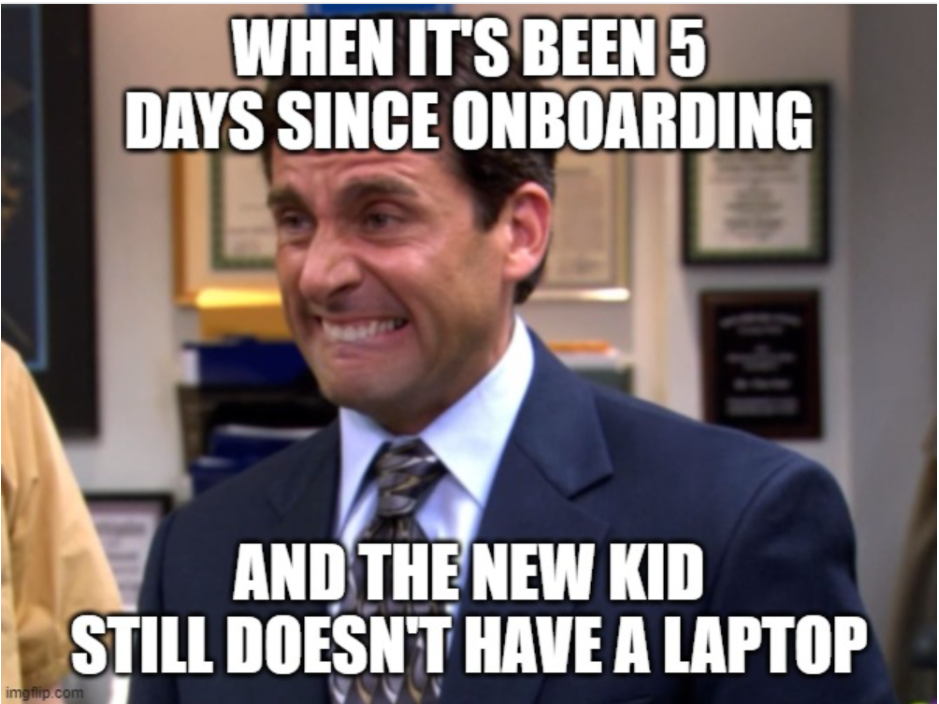
↑
The situation you are better to avoid
☑ Make sure the developer has the necessary equipment for remote work
In case you have hired remote developers, making sure they have all the necessary equipment is also essential for their success at a new project. Some companies lease business-owned laptops to remote developers or help them buy one locally.
☑ Prepare a welcome gift
How can you welcome a new developer? Preparing a welcome gift is one of the best and long-accepted practices in the IT industry. Such a simple thing as a little and branded gift helps a new team member feel appreciated from day one and is one more contribution to their long-time commitment and loyalty.
Stage 2 – Orientation
After passing the first stage of onboarding, it’s time to dive deeper into the business processes and workflows. Follow the next software developer onboarding checklist for the second stage.
☑ Introduce new developers to the working schedule and collaboration tools
Fortunately, most tech projects use the same or almost the same set of workflow management tools, so your new developer is likely to also be familiar with the one your team uses. If not, introduce them to the tool, allow the access via a corporate account, explain the specifics of your workflow and introduce them to the working schedule. The latter point is especially important when the team works in different time zones and there should be time overlaps for task planning.
☑ Dwell on the communication practices accepted in the team
Effective communication is one of the pillars of highly-effective engineering teams. However, to make it work, communication rules and practices should be well-established, clear and systematized. So, at this point, you have to introduce your team members to the communication approaches established by the company. It would also be nice to have a written communication policy in place, so that the new developers can have it at their fingertips.
Communication Strategies for Remote Teams: Tips, Benefits, Best Practices
☑ Introduce a new developer to the team
The last task of the second stage is team introduction. The Buddy System is an interesting practice to engage your team members in welcoming a new member on board. The essence of this system is simple – you have to assign a dedicated employee who will help a new developer with getting to know people from other departments, understanding corporate culture, developing relations with the customers and so forth.
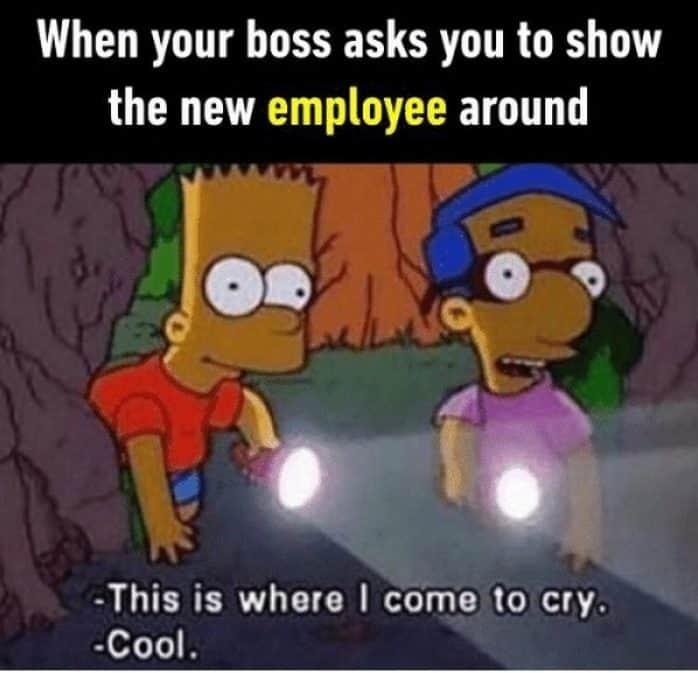
When this onboarding stage is organized correctly, every employee feels appreciated and recognized, plus it becomes easier for a new member to adapt.
Stage 3 – Role-specific onboarding
The third stage of the developer’s onboarding process is role-specific. Below are the final tasks to complete.
☑ Introduce a new developer to the mentor/Team Lead/Project Manager
If you have hired a Junior developer, assigning a mentor is a must. For the engineers with a higher level of seniority, introducing them to the Team Lead (TL), Project Manager (PM) and Product Owner (PO) will be enough. At this stage, you have to make sure all project members support a newcomer with their first task and do everything possible to help a new employee reveal their potential.
☑ Outline the scope of work they will be responsible for during the trial period
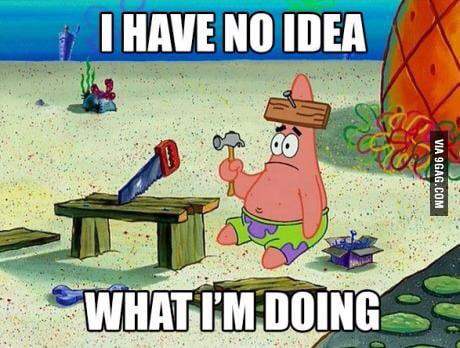
Together with the TL and PM, introduce a newly-hired employee to the task scope they will be responsible for during the trial period. For Middle and Senior software developers, the scope of their tasks rarely differs from the ones they will deal after the trial.
☑ Assign the first task and let the work begin
One of the best practices to finish the onboarding process is The Day One Contribution. According to it, you have to assign an employee the first task and let them do it without much supervision. In this case, you can show your trust in their skills and the value they can bring to the company right from the first day.
5 onboarding challenges you may face and how to solve them
Now you have a step-by-step developer onboarding checklist, so follow it to create a perfect onboarding experience, motivate your new employees, build their loyalty and make them feel like an important part of the team. At the same time, keep in mind some challenges that can slow down the onboarding process and make it less effective.
- Too much paperwork. A job contract and NDA are two core documents you have to sign with a future employee to get started. Other paperwork can be re-assigned to your HR department or you can avoid it completely if you hire remote developers with the help of a talent sourcing vendor.
- Information overload. Make sure your new developers aren’t overloaded with new information. For this goal, focus only on the most important processes, workflows and tasks. You can also prepare onboarding content in the form of a handbook so that the new employees can turn to it for clarification.
- Unrealistic expectations. Both business owners and software developers can have unrealistic expectations when hiring and when landing a new job respectively. To align the vision and outline the career development plan, use the 30-60-90-150 Days approach, stating the goals for the first, second, third and fifth months.
Onboarding your developers is important. Making the right hiring decision is paramount
Congratulations! You have all the necessary tips and insights to set up an effective developer onboarding. However, keep in mind that the right hiring decision always comes first, and even the greatest onboarding program may not work if you hired the wrong candidate. Bridge is at your service to secure your project from this risk. With our sourcing-as-a-service, you can hire the finest-tuned developers according to your job requirements.
In addition to the perfect candidate-job match, our sourcing is fast and automated. When selecting the top programmers from the global talent pool, we use a data-driven sourcing engine that tailors the developer’s skills, experience and location to your job requisition using a smart data analysis algorithm.
The power of AI-enabled hiring allows us to find the right candidates 5 times faster and 60% cheaper compared to recruiting them on your own or partnering with a hiring agency. That’s why our customers apply for sourcing-as-a-service for closing multiple positions and bridging the talent gap with no extra effort.
Try AI-driven talent sourcing in action and get your first candidates in just a few days!


